Because this post idea by Reynaldo is too good not to bandwagon, here are a list of the video games that have most influenced my tabletop RPGs. I don’t have nearly the knowledge of obscure games that Rey does, so most of these are probably not new to you.
I am not actually (and have never been) a very heavy video game player, and my attention span for video games has gotten shorter as I have gotten older. Video games have always been primarily of interest to me for tabletop gaming ideas rather than as independently valuable experiences. Partly because of that, I enjoy watching interesting games being played almost as much as actually playing them myself (is that strange?). I haven’t played any of these games within the past 10 years, so I’m going almost entirely from memory. I have ranked the games based on how much they have influenced me, not in terms of their quality.
A few honorable mentions that don’t quite make the final list: Mega Man, Castlevania, Golden Axe, Diablo, Diablo 2, Final Fantasy XII, Shadow of the Colossus, Ōkami, Mass Effect, Dragon Age: Origins. Those have all influenced my tabletop RPGs also, but not quite as much as those listed below.
11 – Tunnels of Doom. This may have been my first RPG, period. It ran on the TI-99/4A, which was kind of a proto-console, half pretending to be a full-featured computer as well. It is about as simple as a dungeon crawl game can be, but wandering around and finding magical fountains still fired my imagination.
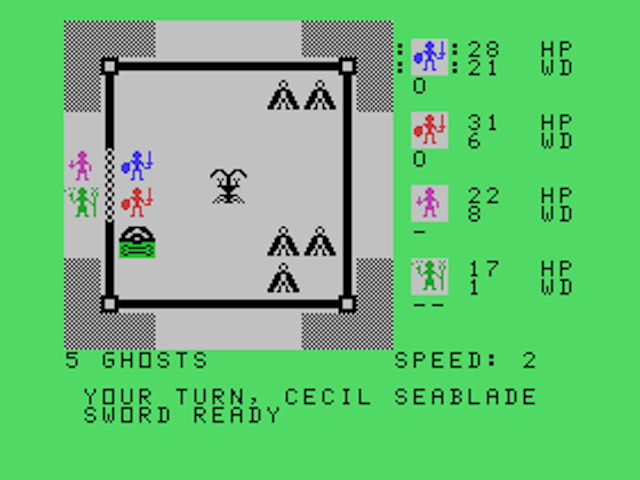
Tunnels of Doom (image source)
10 – Resident Evil. I didn’t play this game much myself, mostly because it was hard and I wasn’t very good at it (particularly the manual aiming). Luckily, I had several friends who did like playing it, and so I got to watch it being played extensively. The mix of exploration and slow-burn survival horror was a huge influence on me. I specifically remember running an adventure centered on an inn that was taken over by plant-zombie doppelgängers that owed a large debt to RE 1. The more recent sequels seem to focus more on cut scenes and plot to the detriment of exploration and mood, which is unfortunate.
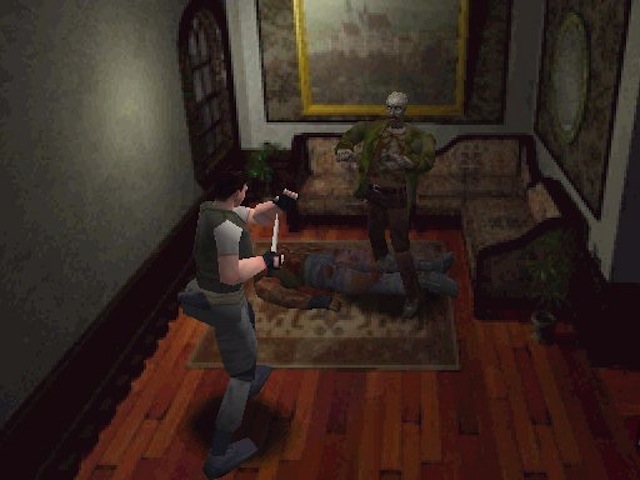
Resident Evil (image source)
9 – The Legend of Zelda. The spareness of the original Zelda left a lot to the imagination. I still love the understated puzzles that don’t announce themselves as puzzles and the various ways to modify the environment (such as bombing the walls). It’s also a great example of open sandbox design with multiple areas available, though I don’t think I noticed that back then. I still have fond memories of the shiny gold NES cartridge.
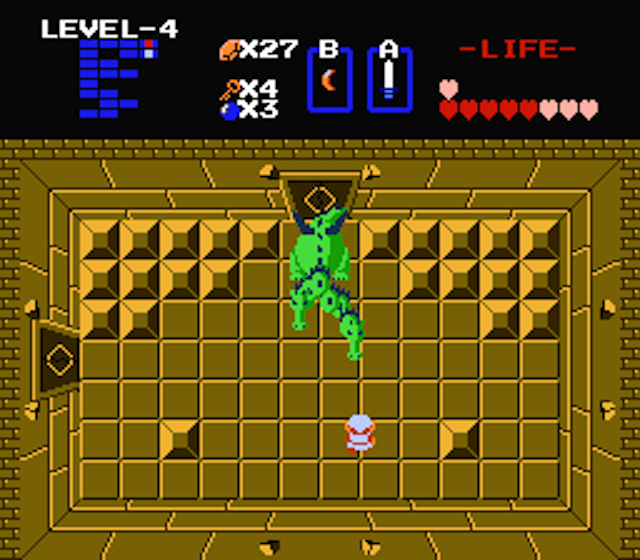
The Legend of Zelda (image source)
8 – The Legend of Zelda: A Link to the Past. Probably the first game that started to get me interested in the possibilities of modal dungeons (for example, flooding or draining in order to gain access to new areas). The dark mirror world concept is something that I would like to work into a tabletop RPG, especially if it could be done in a more structural way than 4E’s Shadowfell (I’m thinking about needing to map various areas and maybe find entrances back and forth to shortcuts or access routes).
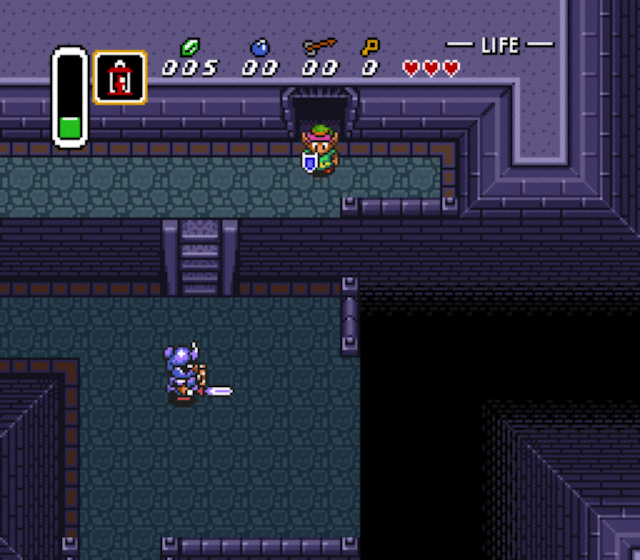
The Legend of Zelda: A Link to the Past (image source)
7 – Shining Force. A characteristically JRPG mix of fantasy and weird technology. Has ways to upgrade character classes. Most notable is probably the grid-based combat system which runs full battles rather than the more common abstract group on group skirmishes as used by most other video game RPGs of the era. This series was the reason to own a Sega Genesis console.
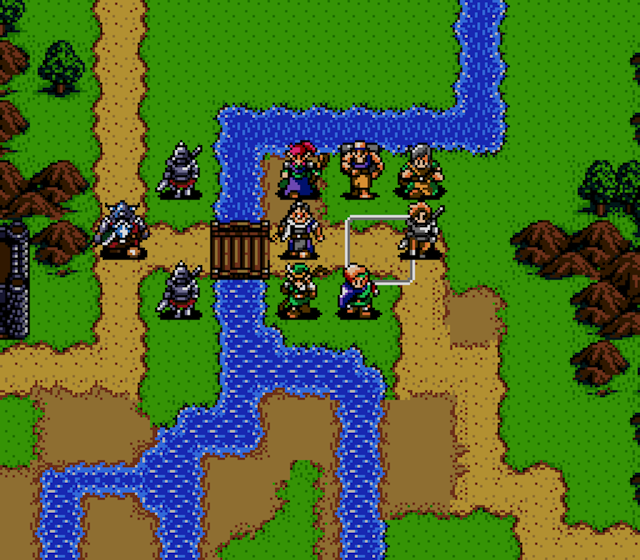
Shining Force (image source)
6 – Final Fantasy VII. Amazing techno-magical setting realized with stunning painted backgrounds. Great atmosphere, with most of the expected Final Fantasy elements (summons, chocobos, airships, Cid, etc). FF VII walks up to the edge of seeming too modern (a problem for me in some of the later games in the series, such as X and XIII), but in the end seems to maintain a balance between technological and fantastical elements. The story gets somewhat lost in grandiosity by the end (I’m still not sure how all the parts are meant to connect), but that doesn’t take away from the tremendous aesthetic achievement of this game. The sense of brooding menace that the best sequences in this game evoke is probably what influenced me most. Something like limit breaks would be fun to incorporate into tabletop RPG classes.

Final Fantasy VII (image source)
5 – Final Fantasy IV. Probably the first video game I played that actually had a good story. Most of the characters are actually interesting. Also, you get to go to the moon. And transform a character from dark knight to paladin.
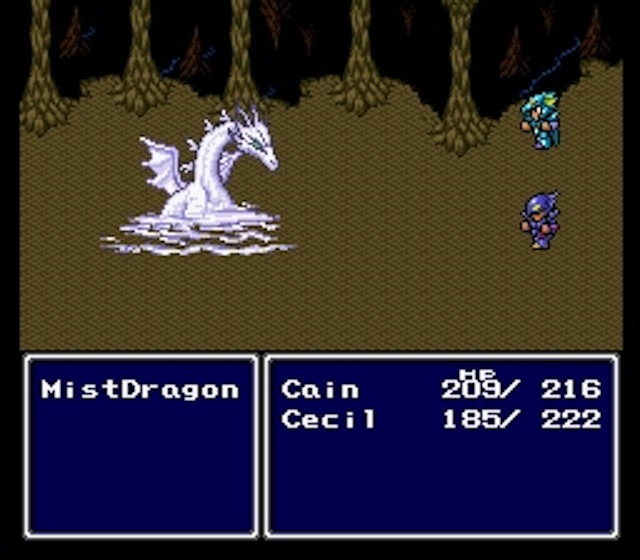
Final Fantasy IV (image source)
4 – Tomb Raider. The original Tomb Raider is almost my ideal dungeon crawl game, despite the lack of fantasy elements. The underground locations have an open, expansive feel and are an interesting mix of natural caverns and built complexes. Like A Link to the Past, many of the Tomb Raider puzzles also involve things like flooding areas or activating bridges. The separation of the look controls from the aim controls also made the game feel just as much about exploration as about killing enemies, which was rarely the focus (though there were a few boss monsters). I’ve been playing Tomb Raider 2013 recently, which is also an excellent game, though the experience feels more linear than TR 1 (despite the fact that TR 1 is, objectively speaking, probably more linear due to the level sequencing).
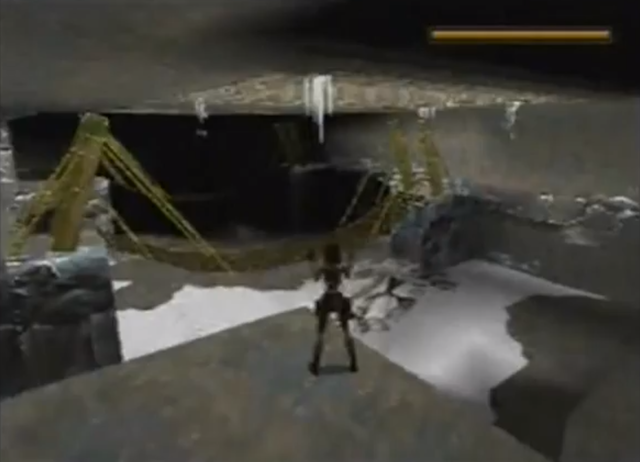
Tomb Raider (image source)
3 – Final Fantasy. The original. This is the first video game I remember beating. It has far more traditional fantasy elements than most of the later Final Fantasy games (more elves and dwarves, less mecha). In retrospect, it’s quite linear, with quest A leading to quest B, and rarely any choices even about the order in which to do things. Despite that, it’s still a great game, and has a simplistic though fascinating cosmology of elemental fiends, which has persisted in modified form through many of the later games in the series. I used my Nintendo Power strategy guides pretty much as D&D supplements (somehow).
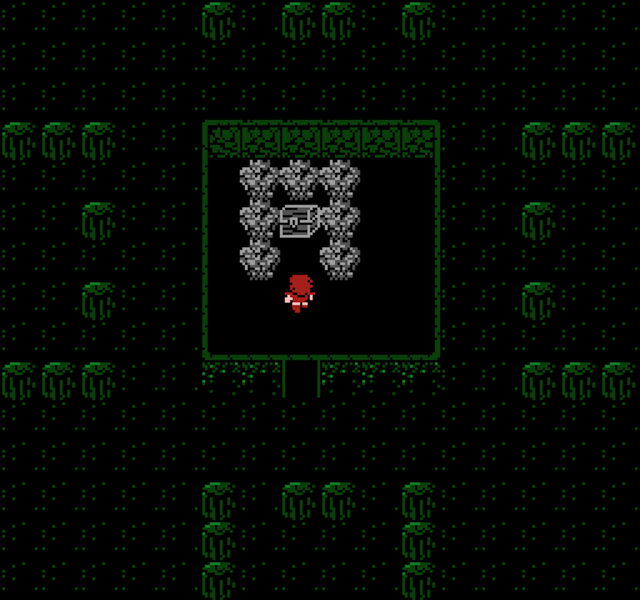
Final Fantasy (image source)
2 – Dragon Warrior. An extremely simple game, but somehow so satisfying. Totally unique style without resorting to “metal” or spectacle. It has an almost pastoral feeling, while being legitimately difficult (and also somehow avoiding being frustrating) at most points.
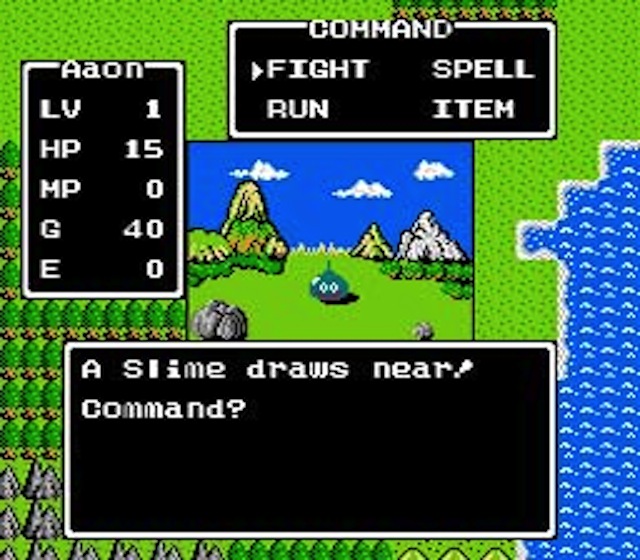
Dragon Warrior (image source)
1 – Final Fantasy VI. A perfect blend between the more traditional fantasy of earlier FF games and the technology of later games. Halfway through the game, there is an apocalypse followed by a whole new game. A coherent storyline, even to the end, with fantastic characters, which is something that got lost in many of the later games. Though Final Fantasy XII, for example (which is the most recent FF game that I have played through to the end), has beautiful settings and character designs, is there even one really interesting character? FF VI has plenty of fun mini games that don’t seem to take away from the main game (esper collection, the arena, unlocking secret characters). I still find some of the music from this game haunting, and I don’t think it’s because of nostalgia.
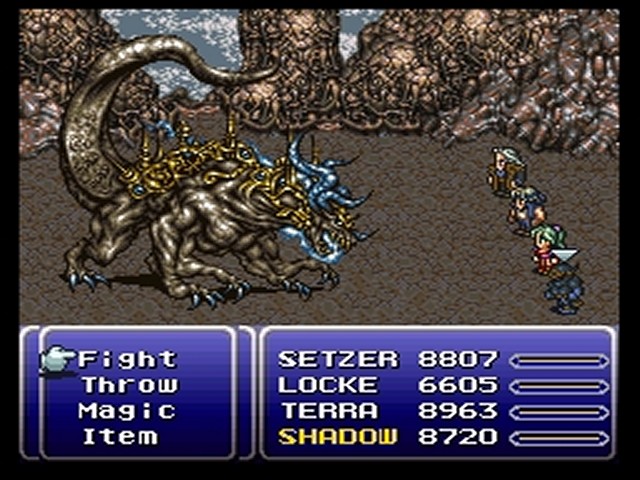
Final Fantasy VI (image source)
